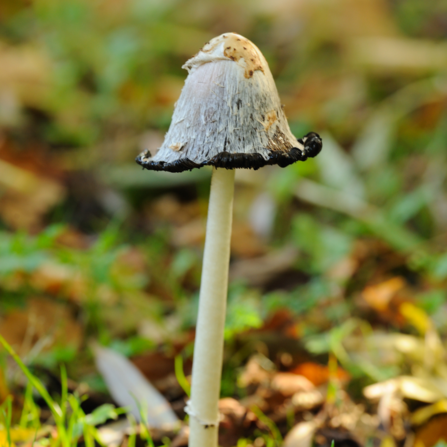It’s the most wonderful time of the year… no not Christmas, it’s fungi season! There are multiple reasons why autumn is a lovely (if not the best!) season, but its abundance of weird and wonderful fungi is definitely a top contender.
So, what is fungi and why is it so fascinating? It belongs to a whole kingdom of its own, sperate from both plants and animals. In fact, humans are more closely related to fungi than to plants as fungi don’t photosynthesise – instead, they respire more like animals by taking in oxygen and releasing CO2. Their role is best described as ‘decomposers’ or ‘the recyclers’, by breaking down organic matter (dead animals and plants) and transferring the nutrients into the soil, they allow new life and growth to occur. This means that fungi sit at both the beginning and the end of nature’s lifecycle. Merlin Sheldrakes ‘Entangled Life’ - a thought-provoking book about fungi - has a wonderful quote which sums it up well: “Composers make pieces of music. Decomposers unmake pieces of life”.
Fungi come in an incredible variety of forms, ranging from the beautiful to the downright bizarre. Of the 16,000 species found in the UK, there are more than a few that deserve our appreciation. If you’ve never been on a mushroom hunt, you’re missing out! Identifying fungi is an immersive experience requiring all senses, and it’s a great way to connect with nature. If identifying seems a bit too much to begin with, then just looking for fungi is a fun day out! Take the time to observe your surroundings, and maybe even take a few photographs of your findings. From your classic fairytale toadstools and bracket fungi which resemble tree staircases, to clubs and spindles which poke out of the ground like fingers and puffballs that explode with spores when poked – there are so many species to discover, and now is the perfect season strap on your boots and go for a wander.


